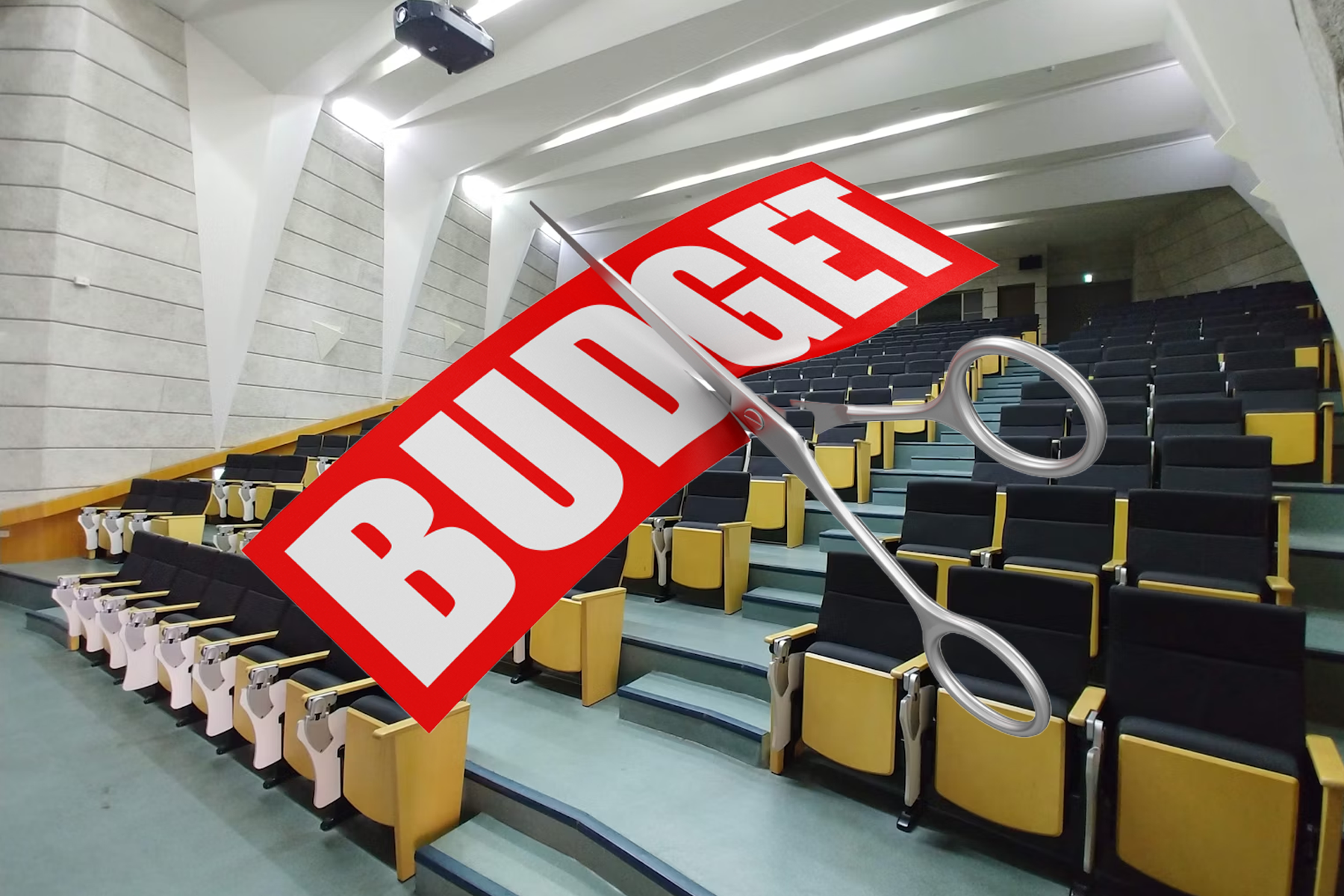The federal government’s decision to reduce the number of international students accepted into Canadian universities has upended 2025 budgets across the nation. Institutions are reporting hiring freezes, cancelled courses and ominous deficits.
In January 2024, Ottawa announced a 35 per cent reduction in new international study permits, citing housing pressures and concerns about fraudulent enrolments. The following year, the cap was set at 437,000 permits, a further 10 per cent cut from 2024.
Ontario then introduced its own restrictions, limiting the approval of new programs and capping international enrolment at colleges and universities.
The combined effect of these measures has meant a sharp decline in enrolments, as reported by CBC. Between January and June of this year, only 36,400 new permits were issued. In 2024, between the same six-month period, 125,034 permits were issued, representing a drop of approximately 70 per cent.
The national picture reveals the severity of the financial disruption. Ontario universities collectively reported over $550 million cuts in spending in recent years, with administrators directly linking these reductions to the decline of international tuition revenue.
The pressure has not been limited to Ontario.
Across the country, universities have frozen hiring, laid off staff and scaled back programming. The Times Colonist reported that institutions were announcing “across-the-board cuts” in direct response to the federal cap.
These institutional impacts will likely translate into consequences for domestic students, with strong suggestions that course choices will shrink, class sizes will grow, student services such as labs or tutoring may face reductions, there could be longer wait times for student counselling and domestic tuition fees could rise rapidly.
To focus inwards, in March, Brock University said it was facing “significant financial challenges, the result of diminished public investment, abrupt changes in government policy and external economic pressures.” Brock projected a $39 million shortfall for the 2025-26 fiscal year, an amount that represents a serious structural gap for a medium-sized institution.
To contain costs, Brock has implemented reductions for the 2025-26 academic year. Hiring freezes have been implemented across campus; the Faculty of Education cut 180 course sections; and the Faculty of Humanities withdrew seminars for upper-level courses.
These changes are explicitly detailed in the university’s 2025-26 budget planning.
The impact of these measures on domestic students is harder to depict. It can be inferred that fewer course sections, fewer seminars and cancelled offerings will restrict options and potentially increase class sizes. Yet, Brock has not released data showing that domestic students are unable to access required courses as a direct result of these changes.
Tuition also remains frozen under provincial law, meaning that the financial burden has not yet been shifted directly onto domestic students. Nevertheless, administrators warn that if the freeze is lifted, tuition hikes may be necessary to stabilize the budget.
These policy changes have had — and will continue to have — an impact on Canadian institutions, due to Canada’s increased reliance on international students over the past decade.
Statistics Canada shows data comparing international student enrollment between the fiscal years 2013-14 and 2022-23 has nearly quadrupled, from 199,119 to 468,090.
Faced with domestic tuition freezes and stagnant provincial funding, universities sought new revenue streams: international students — who in the 2022-23 academic year paid on average five times more than domestic students — became a central source of income.
This model only works if international enrolments continue to rise. So, with Ottawa placing caps on study permits, the revenue base universities have come to depend upon have contracted.
It is important to note that the crisis facing Canadian universities cannot be explained by international student policy changes alone, as there are layers to “understanding what’s going on with post-secondary funding.”
As previously mentioned, Brock acknowledges that “diminished public investment” and “external economic pressures” have also contributed significantly to the financial challenges.
Ontario provides the lowest level of per-student funding in the country, with tuition frozen since 2019 and inflation eroding institutional revenues year after year — rising wages, higher utility costs and increased borrowing rates — the financial problem in Ontario institutions is further compounded by the policies implemented in Ottawa.
Financial losses, hiring freezes and cancelled courses across Canadian universities suggest that domestic students will eventually feel the effects in their own classrooms, through fewer course options, larger class sizes, reduced services and/or higher tuition.
As academic institutions lobby governments for relief, policymakers must balance the original objective of easing pressure on housing and services with the unintended destabilization of higher education funding.
For now, the burden rests primarily upon the institutions, but if the current trends continue, the consequences may soon be felt by domestic students as well.

